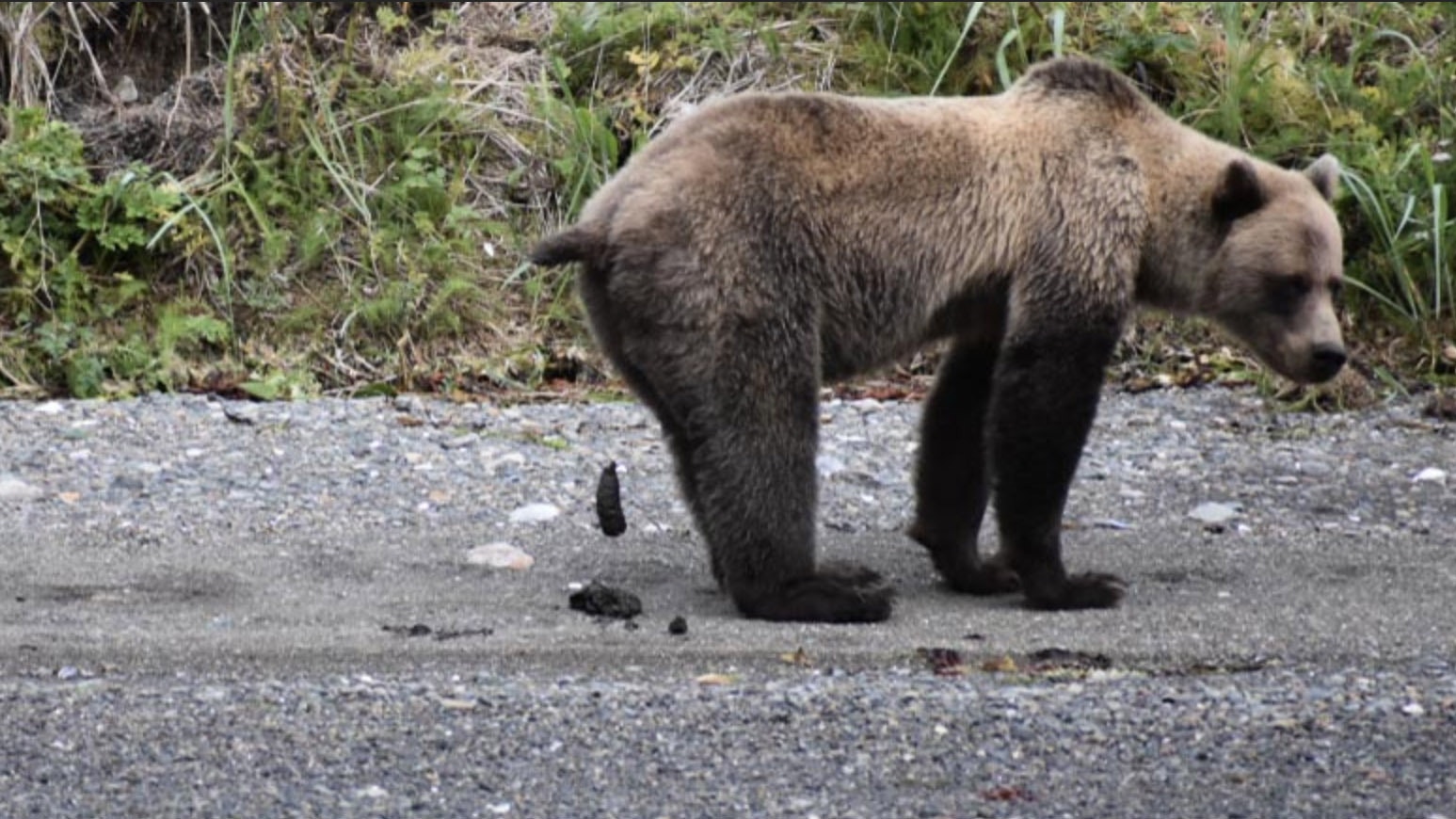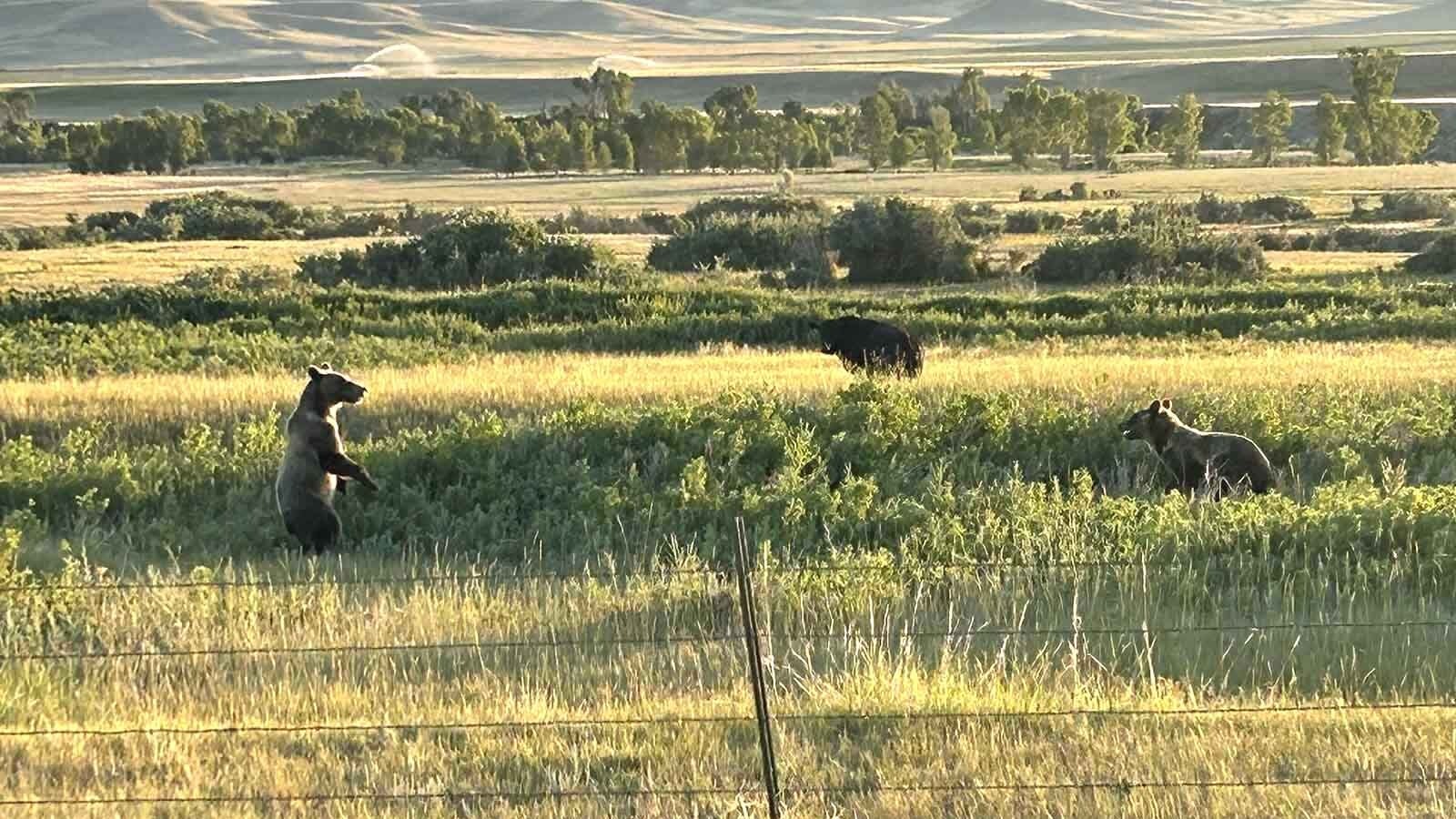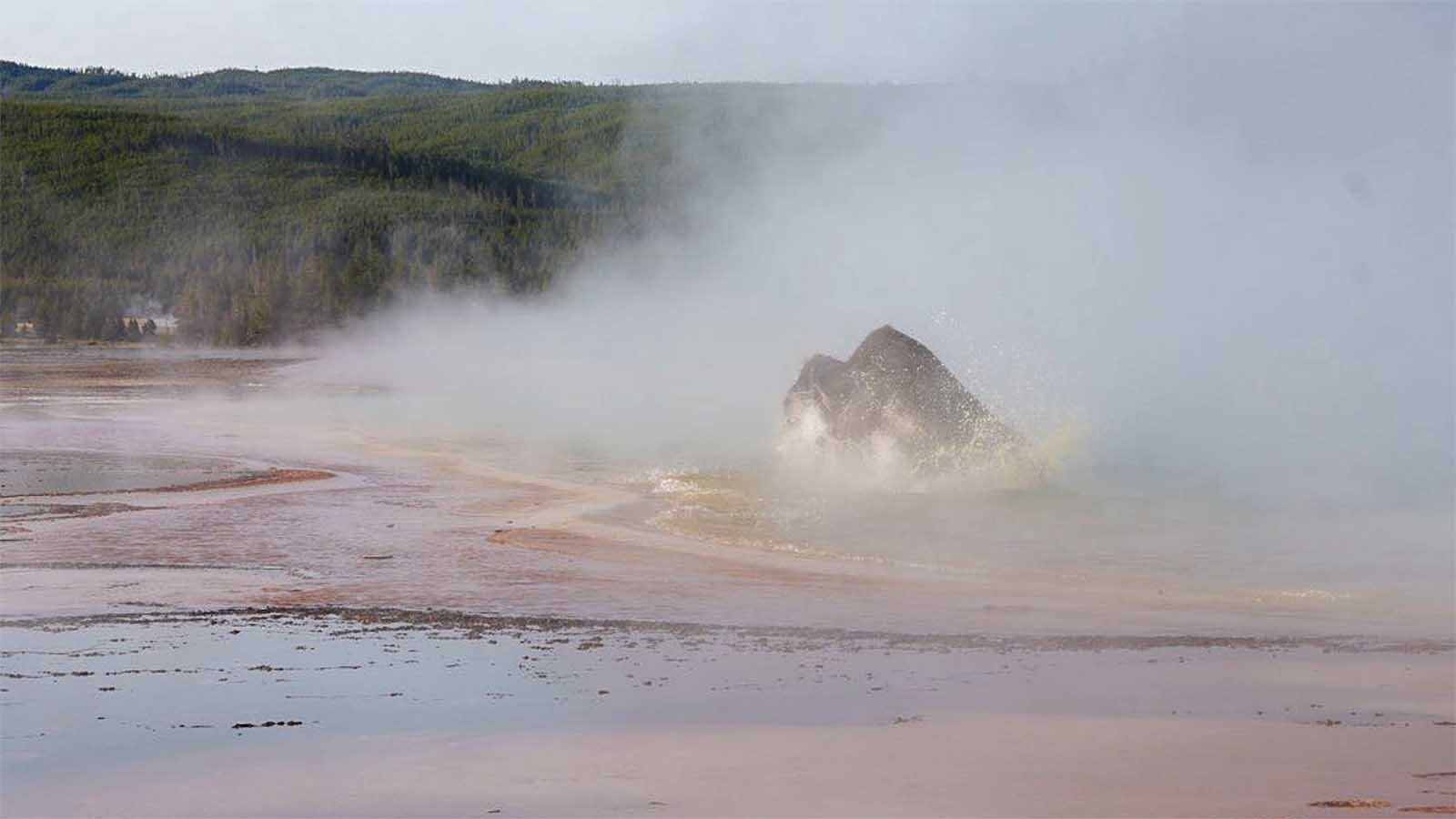Yes, bears shit in the woods, but you shouldn’t – probably.
The coronavirus pandemic gets a bad rap, a virus that caused more than 6 million deaths will do that, but when people got tired of twiddling their thumbs during quarantine, they returned to the great outdoors en masse.
And they brought their crap with them.
“People have done their business in the woods since the beginning of time,” said Aaron Voos, a U.S. Forest Service spokesperson. “So, there are certain things that have never changed.”
What has changed, however, is where people are stacking their Lincoln Logs.
Voos, who serves as a public affairs officer for the Medicine Bow and Routt national forests as well as the Thunder Basin Wilderness Area, said the forest service temporarily closed many of its established campgrounds during the last few years.
In some cases, the closures were a pandemic safety precaution, while in others, the closures allowed for maintenance and renovations.
But without public access to the campsites and their toilets, Voos said Forest Service staff have reported an increase of little, white paper squares dotting the landscape, especially in certain areas where dispersed camping became popular for groups.
With about 175 vault toilets on nearly 3 million acres of national forest and wilderness, campsites aren’t the only dumping grounds. Voos said his staff noted a marked increase in stink bombs on the trails as well.
With more than 2,500 miles of hiking, biking and ATV trails in Medicine Bow, Routt and Thunder Basin, there’s a lot of terrain to cover with a pooper scooper.
“When you’re talking about feces on the trail, we’re seeing a lot more pets and pet waste on the trails,” Voos said, “that’s a huge issue with deal with.”
You Dropped Something
Nature poops, too, so what’s the big deal?
The first and most obvious problem is few people want to plant their campsite in a field of steamers or dip and dodge doggy doo landmines every few feet up the mountain trail.
Near the Grand Tetons, hiking guide Cathy Shill said the problem exists on Wyoming’s trails, but it’s not as common as it might be in other states with higher traffic counts.
“We don’t run into it a lot, but more than we used to,” Shill said.
Owner and founder of The Hole Hiking Experience, based in Jackson, Shill has specialized in guided day hikes for more than 30 years.
With national interest trending again toward the outdoors, some downsides are bound to occur, she said.
“It’s not just poop and trash, trail cutting is more common now, too,” Shill explained. “The more people making their own trails and shortcuts, the larger the impacts of hiking the land.”
To decrease some of those impacts, The Hole Hiking Experience provides its clients with bags for packing out their scat, but Shill said they don’t see a lot of use, because most of her hikes are completed in four hours or less.
While the occasional trail turd is an inconvenience, Voos said the situation, if left unchecked, could hit the fan.
“High quantities of feces near water sources can have some serious ramifications,” he explained. “Thankfully, we don’t have a whole lot of examples of how this could play out.”
Recently, the Rainbow Family of Living Light announced plans to camp out in the Routt National Forest in celebration of its 50th anniversary. The event could draw thousands of people to the forest during weeks surrounding Independence Day.
“What’s going to happen with all the human waste at those sites is a big concern for some people,” Voos said. “It’s not like we have poop police following people around on the trail.”
Leave No Trace
Instead, the Forest Service relies on recreaters to enjoy the public resource responsibly, he explained. Partnering with organizations and educators, the Forest Service’s primary strategy for combating derelict dung is information campaigns.
Through initiatives such as Leave No Trace, www.lnt.org, and Recreate Responsibly, www.recreateresponsibly.org, Voos said the Forest Service places faith in the users to preserve the resource for future generations.
Depending on the area, Voos said burying fecal matter is still one of the preferred methods of disposal.
According to Leave No Trace, “cat holes” are a widely accepted method of waste disposal. About 70 paces from a campsite, trail or water source, dig a hole 6 to 8 inches deep and 4 to 6 inches around. Once used, the cat hole should be covered with nearby materials, so as to blend in with its surroundings.
When digging is prohibited by the land management agency, a poop bag might be necessary. As is common for pets in public spaces, pick up waste with a bag or box and transport it to the nearest trash receptacle.
In both instances, Leave No Trace advises recreaters to pack out their used toilet paper, tampons and wet wipes.
With enough education, Shill believes Wyoming could flush out poor trail behaviors.
“I think a lot of it is a lack of awareness,” she said. “We can’t assume that people know how to go to the bathroom outside. I think people do appreciate the outdoors, but sometimes they don’t know how best to take care of it.”





